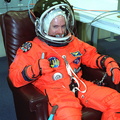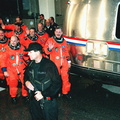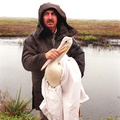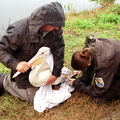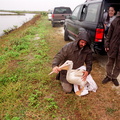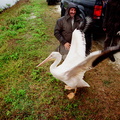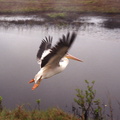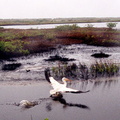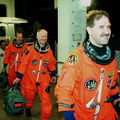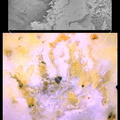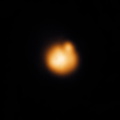
WIKIARCHIVES.SPACE
The Human Spaceflight Archive

Information
- Taken in
- Kennedy Space Center
- Author
- NASA
- Description
- In the early morning hours, Space Shuttle Discovery is framed with light from the Fixed Service Structure on Launch Pad 39B as it waits for flight and mission STS-103. At the top is seen the external tank gaseous oxygen vent arm system with the vent hood (commonly called the "beanie cap") poised above the external tank. The retractable arm and the beanie cap are designed to vent gaseous oxygen vapors away from the Space Shuttle. The arm truss section is 65 feet long and the diameter of the vent hood is 13 feet. Extending toward the cabin of the orbiter below is the orbiter access arm, with the environmental chamber (called the White Room) at the end. Through this chamber the crew enters the orbiter. The STS-103 mission, to service the Hubble Space Telescope, is scheduled for launch Dec. 17 at 8:47 p.m. EST. Mission objectives include replacing gyroscopes and an old computer, installing another solid state recorder, and replacing damaged insulation in the telescope. The mission is expected to last about 8 days and 21 hours. Discovery is expected to land at KSC Sunday, Dec. 26, at about 6:25 p.m. EST
- Created on
- Friday 17 December 1999
- Albums
- US SPACE PROGRAM / SPACE SHUTTLE / MISSIONS / STS-103 / Rocket preparation
- Source link
- https://images.nasa.gov/search-results?q=STS-103&page=4&media=image&yearStart=1998&yearEnd=2000
- Visits
- 31
- Rating score
- no rate
- Rate this photo
- License
- Public Domain
- Modified by WikiArchives
- No (original)
- Downloads
- 0
EXIF Metadata
- DateTimeOriginal
- 1999:12:17 00:00:00
Powered by Piwigo







